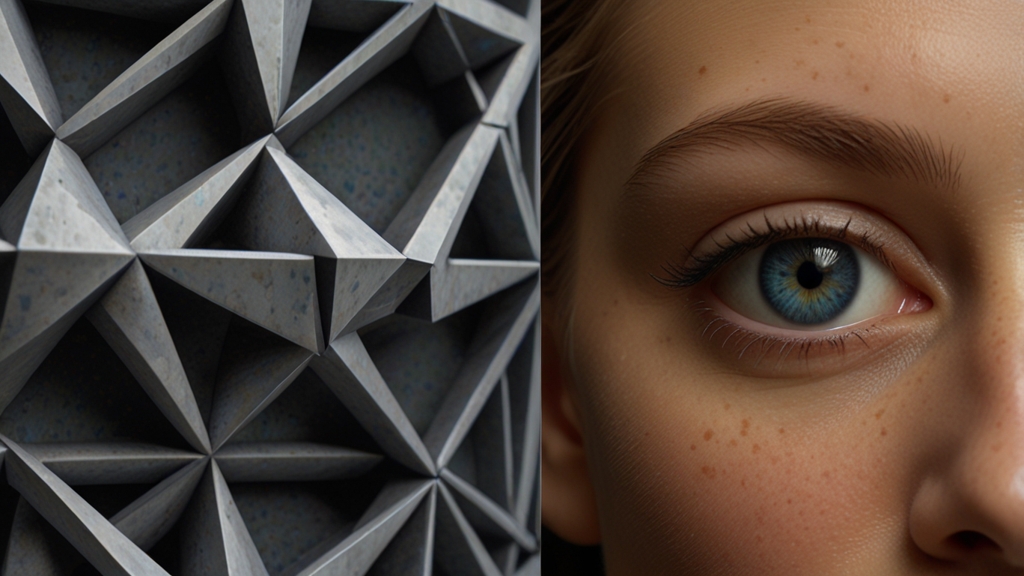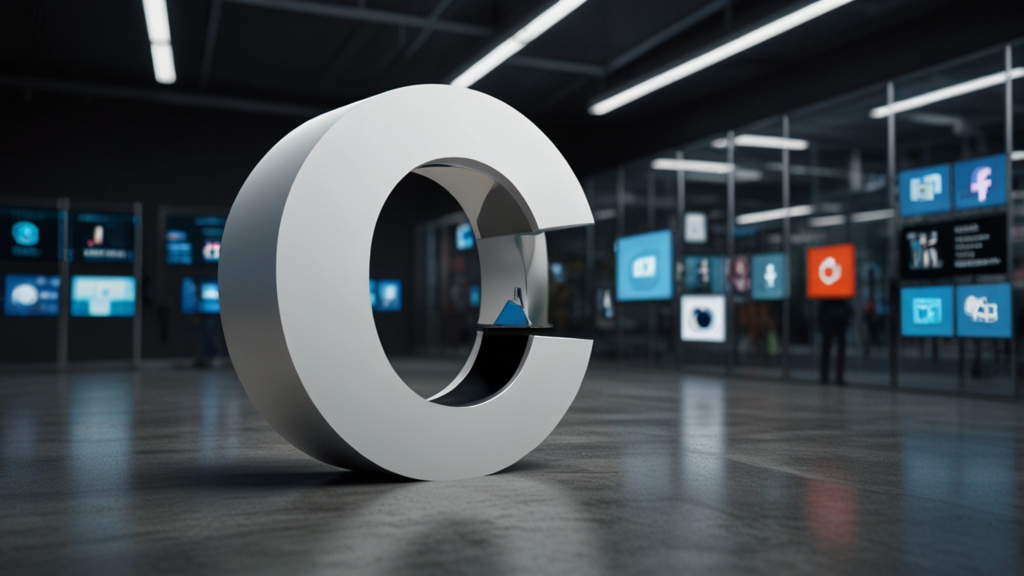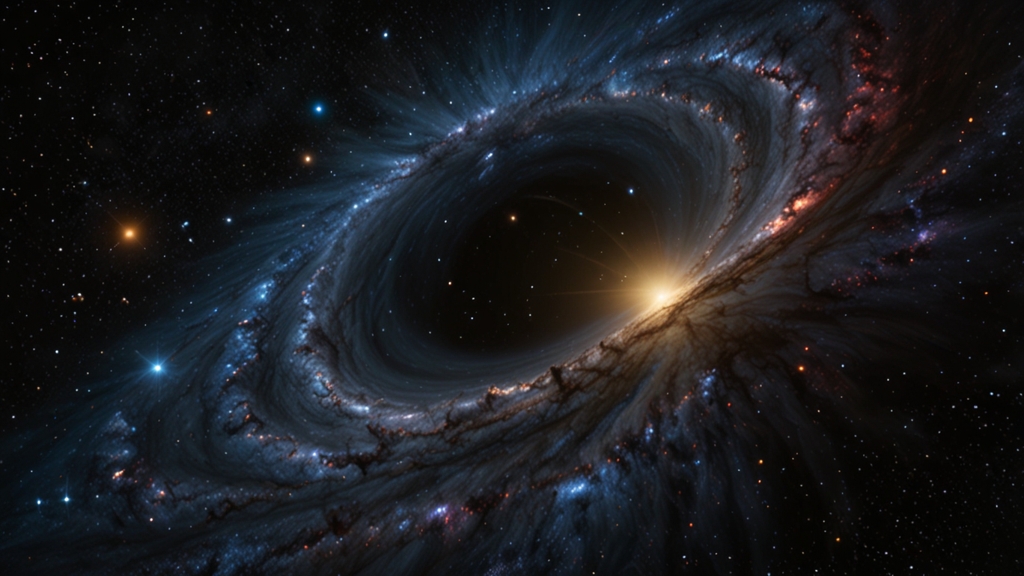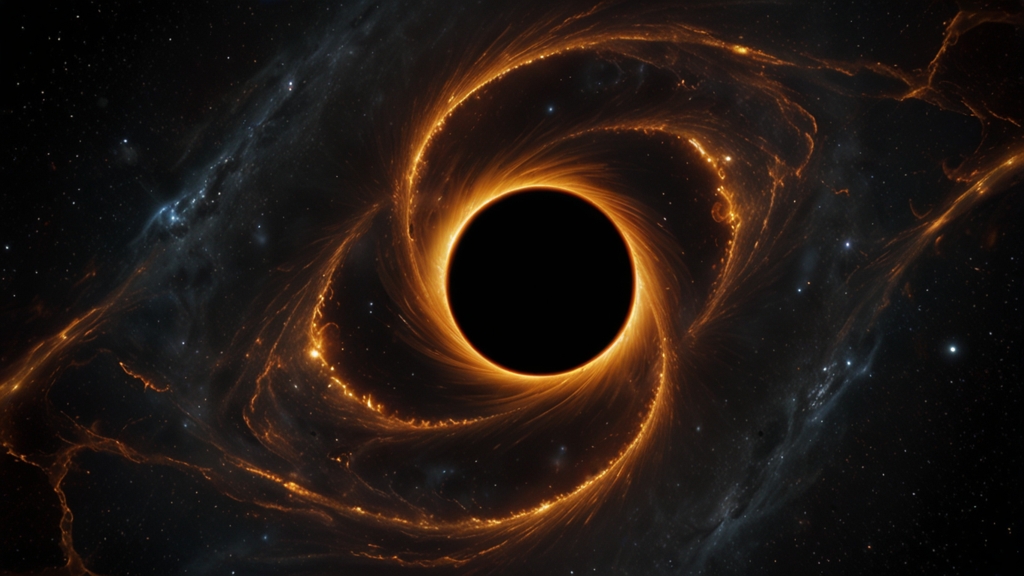The Science Behind Optical Illusions: Geometry Unmasked
Optical illusions have fascinated humans for centuries, providing remarkable insights into how our brains interpret visual information. Among the diverse categories of optical illusions, geometric illusions stand out as some of the most compelling. These illusions exploit the inherent quirks in our visual processing system, leading to misinterpretations of size, shape, and position. Let's delve into the science behind these illusions and understand how geometry is unmasked to reveal the mystifying world of visual perception.
The Anatomy of Visual Perception
To comprehend the mechanics behind geometric optical illusions, it's essential first to understand how visual perception works. When light enters our eyes, it strikes the retina at the back of the eyeball, which contains photoreceptor cells known as rods and cones. These cells convert light into electrical signals that travel through the optic nerve to the brain. The brain then processes this information to create the images we see.
However, this process isn't always direct or straightforward. The brain often fills in gaps, making assumptions based on past experiences, context, and surrounding visual cues. These neural shortcuts are usually helpful for everyday functioning, but they can also lead to captivating errors in perception, giving rise to optical illusions.
Understanding Geometric Illusions
Geometric illusions specifically manipulate our perception of geometric properties such as angles, lengths, and shapes. These illusions can be classified into several types, including size illusions, position illusions, and angle illusions. Below are some prominent examples that demonstrate the principles behind geometric optical illusions.
The Müller-Lyer Illusion
The Müller-Lyer illusion is a classic example that demonstrates how context can influence our perception of length. In this illusion, two lines of equal length are presented, but the ends of one line have inward-facing arrowheads, while the ends of the other have outward-facing arrowheads. Despite being the same length, the line with outward-facing arrowheads appears longer.
The Müller-Lyer illusion illustrates how our brain incorporates contextual information and past experiences when interpreting visual stimuli. The brain perceives the line with inward-facing arrowheads as shorter because it uses real-world context, where inward corners typically represent nearer objects, while outward corners suggest farther objects.
The Poggendorff Illusion
In the Poggendorff illusion, a diagonal line appears interrupted by a rectangular object. When the two ends of the diagonal line are extended, they seem misaligned, even though they form a continuous straight line behind the rectangle. This illusion highlights how the brain struggles with occluded objects and depth interpretation.
The Café Wall Illusion
The Café Wall illusion features a grid of alternating light and dark tiles, where the parallel straight lines between the rows appear to be sloped or curved. This distortion is due to the high-contrast borderlines that trick the brain into perceiving a warped image.
In the Café Wall illusion, the brain tries to segregate regions of high contrast and interprets the offset tiles as a misalignment of the overall pattern, leading to the perception of tilted lines.
The Role of Neural Processing
The creation of geometric optical illusions involves complex neural processing in various parts of the brain. The primary visual cortex processes basic visual information such as orientation and spatial frequency, while higher-order processes in the parietal and temporal lobes integrate contextual cues and past experiences to generate a cohesive visual experience.
Neuroscientists believe that geometric illusions may result from the brain's attempt to maintain consistency and efficiency in interpreting visual stimuli. When multiple interpretations of an image are possible, the brain often chooses the one most likely based on its previous experiences, even if that interpretation contradicts the actual physical properties of the stimuli.
Practical Applications and Implications
Understanding geometric optical illusions has practical applications in various fields, from art and design to neuroscience and psychology. Artists and designers use these principles to create visually striking patterns and effects, while researchers deploy them to study the intricacies of human perception and cognition.
Geometric illusions not only reveal the limitations and capabilities of our visual processing system but also open doors to innovations in augmented reality, virtual reality, and user interface design, where precise control over how visual information is perceived is crucial.
Conclusion
The mesmerizing world of geometric optical illusions sheds light on the complexities of our visual system. By unmasking the science behind these illusions, we gain deeper insights into the remarkable yet fallible nature of human perception. Whether serving as tools for scientific inquiry or mediums for artistic expression, geometric optical illusions continue to captivate and challenge our understanding of reality.








